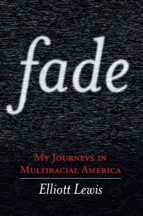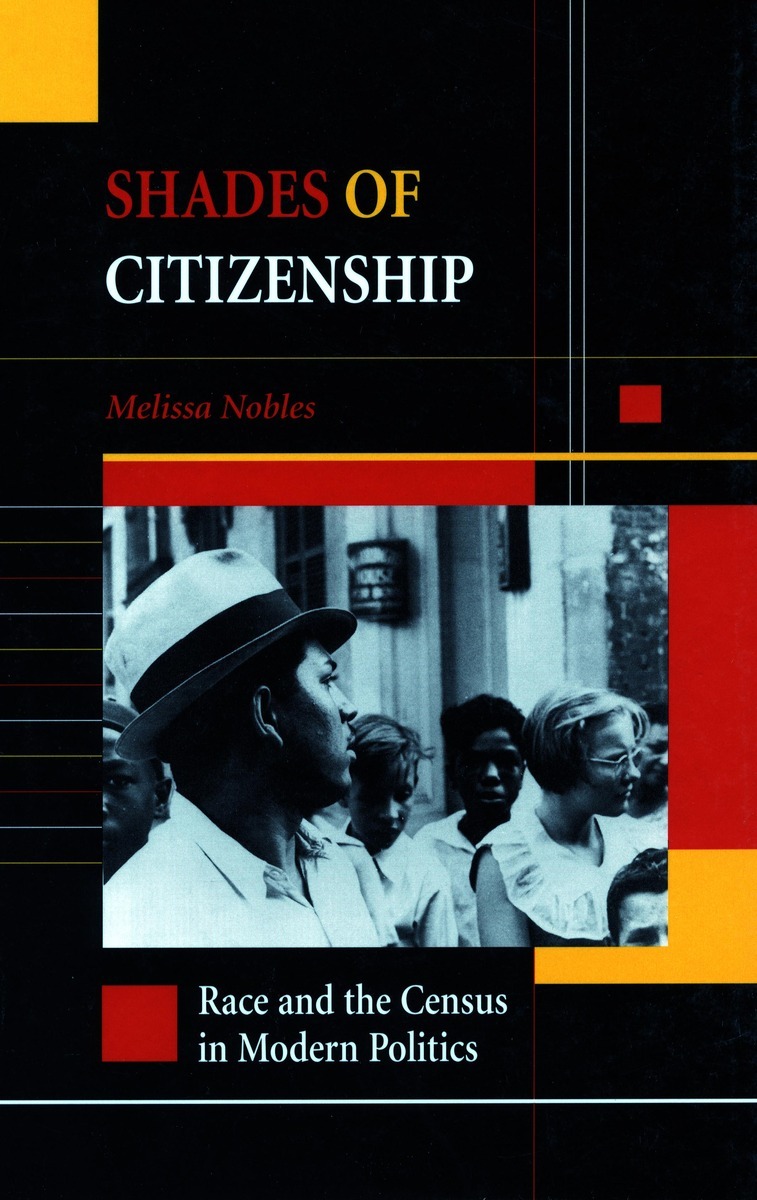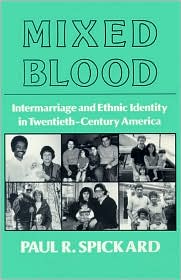Being Multiracial in a Country that Sees Black and WhitePosted in Articles, Barack Obama, History, Identity Development/Psychology, New Media, Politics/Public Policy, Social Science, United States on 2010-01-05 00:13Z by Steven |
Being Multiracial in a Country that Sees Black and White
Interpolations: A Journal of First Year Writing
Deparment of English, University of Maryland
Fall 2009
Lavisha McClarin
University of Maryland
In America mixed race individuals are becoming more prominent in the media, politics and sports throughout the country. Some of the most popular mixed race individuals that we see everyday include Tiger Woods, Vin Diesel, Mariah Carey, Dwayne “the Rock” Johnson, Derek Jeter, Halle Berry, Alicia Keys and of course President [Barack] Obama. The fact that this population of mixed race individuals is growing at an astounding rate is the reason behind the current discussion on the racial classification of such individuals. Before the 1960s many researchers considered “biracial identity [to be] equivalent to black identity…or a subset of blacks” (Rockquemore 21). This thought continued to exist in the United States by researchers until the 1990s [sic] when “biracial people were [considered] a separate [racial] group” (21). The multiracial movement that has arisen during the 1990s believes that “every person, especially every child, who is multi-ethnic/interracial has the same right as any other person to assert an identity that embraces the fullness and integrity of their actual ancestry” (Tessman 1). Although there are overall positive effects for these individuals from the movement, there are also negative affects that could potentially cause more problems for America’s current racial system. However, despite the negative effects of the movement, there is evidence that shows that this potential transition to a multiracial system in the US has beneficial aspects to it…
Read the entire article here.




